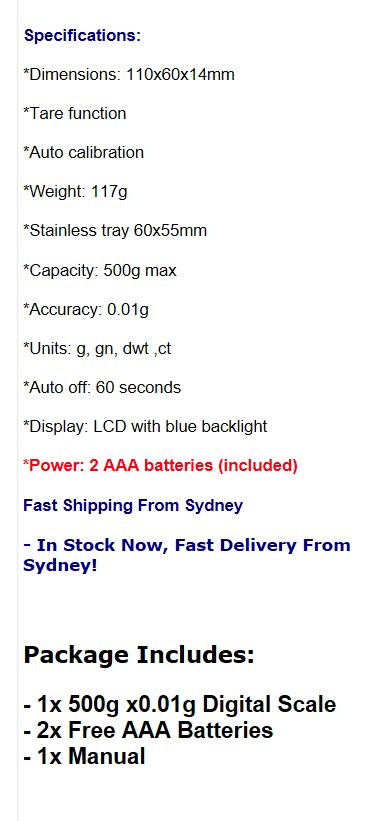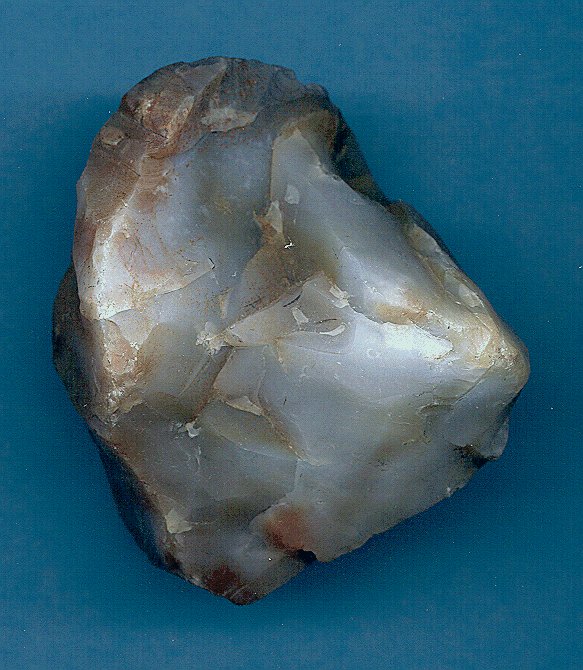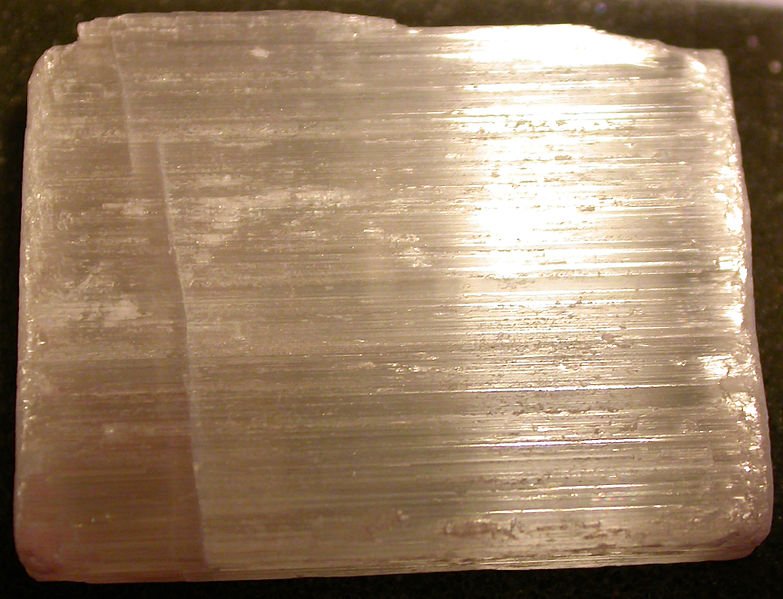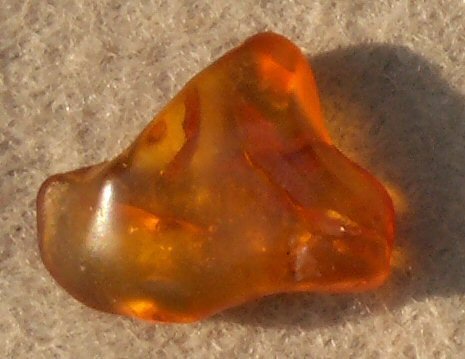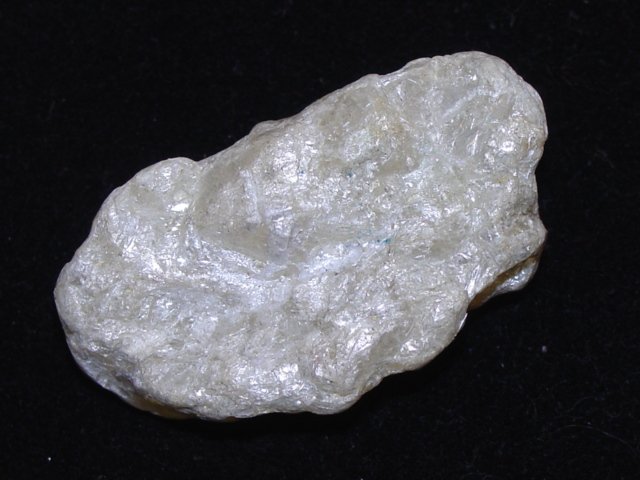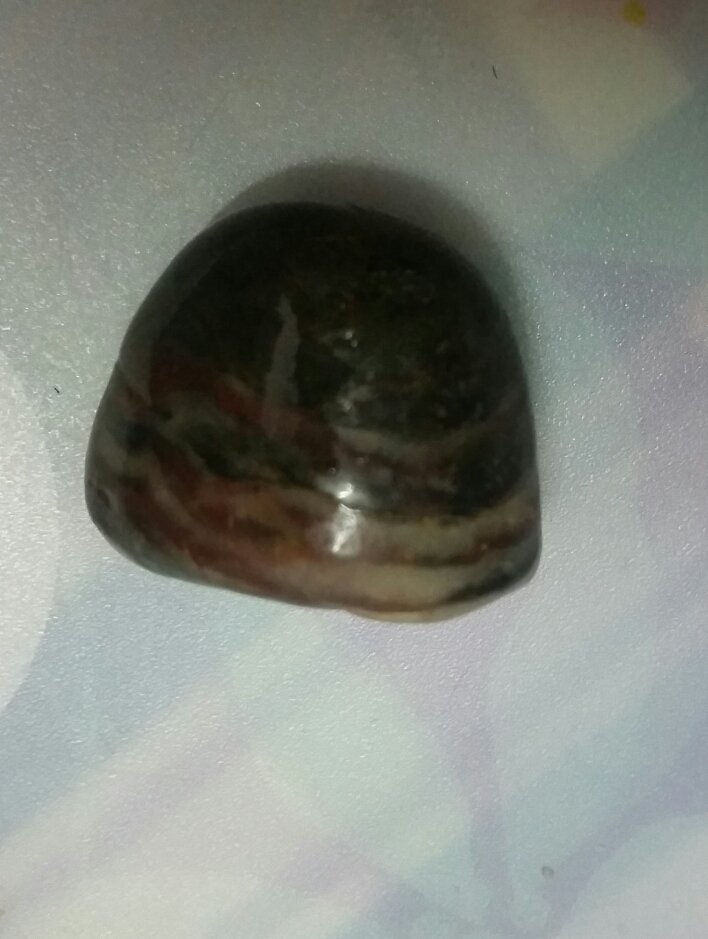Series on identifying minerals - part 8 SPECIFIC GRAVITY
We all know that a cube of lead weighs a lot more than a cube of quartz of the same size, and both weigh more than a cube of Styrofoam. Density is simply the mass per unit volume of whatever you are measuring, and the mass of lead is much greater than the mass of quartz of equal volume. Think of mass as weight to keep it simple. So we could express density in terms of kilogram per cubic meter (kg/m 3). But you don't really need to know that, because in practice we measure specific gravity not density.
Specific gravity is a measure of density relative to the density of a reference substance . So specific gravity is the ratio of the mass of a substance (e.g. your mineral) to the mass of a reference substance of the same given volume (e.g. water). Because the density of pure water is so close to 1 (0.9976 grams per cubic centimetre), specific gravity and density are nearly the same value so long as the density is given in g/cc (i.e. density is only very slightly less than specific gravity). But you don't really need to know that either, just follow the instructions below.
Sample preparation
Your specimen must be pure, not a mixture of minerals and not altering to something else. But it is important to make sure that your specimen is dry (dry it in a low oven), and that it is not something that will soak up or dissolve in water. If it does soak up water or dissolve, it is still possible to approximately determine the specific gravity by spraying the outside of the specimen with silicon or epoxy resin (but you must not add significantly to the mass (weight) of your sample, so use a light spray and the largest possible specimen.
The method
The method is simple with the right, fairly inexpensive, balance:
If we use water as the reference substance, we simply measure its mass on a balance separately in both air and water. Divide the first (dry) weight by the second (suspended in water) weight and you get the specific gravity.
http://www.johnbetts-fineminerals.com/jhbnyc/articles/specific_gravity.htm
How useful is it?
How useful is it? Well consider minerals common in gold veins - chalcopyrite has an SG of 4.2, pyrrhotite 4.7, pyrite 5.0, arsenopyrite 6.1 and gold 19.3. This method will distinguish between all of them (and is that a genuine gold nugget or gold-painted lead?: lead metal is 11.3).
We all know that a cube of lead weighs a lot more than a cube of quartz of the same size, and both weigh more than a cube of Styrofoam. Density is simply the mass per unit volume of whatever you are measuring, and the mass of lead is much greater than the mass of quartz of equal volume. Think of mass as weight to keep it simple. So we could express density in terms of kilogram per cubic meter (kg/m 3). But you don't really need to know that, because in practice we measure specific gravity not density.
Specific gravity is a measure of density relative to the density of a reference substance . So specific gravity is the ratio of the mass of a substance (e.g. your mineral) to the mass of a reference substance of the same given volume (e.g. water). Because the density of pure water is so close to 1 (0.9976 grams per cubic centimetre), specific gravity and density are nearly the same value so long as the density is given in g/cc (i.e. density is only very slightly less than specific gravity). But you don't really need to know that either, just follow the instructions below.
Sample preparation
Your specimen must be pure, not a mixture of minerals and not altering to something else. But it is important to make sure that your specimen is dry (dry it in a low oven), and that it is not something that will soak up or dissolve in water. If it does soak up water or dissolve, it is still possible to approximately determine the specific gravity by spraying the outside of the specimen with silicon or epoxy resin (but you must not add significantly to the mass (weight) of your sample, so use a light spray and the largest possible specimen.
The method
The method is simple with the right, fairly inexpensive, balance:
If we use water as the reference substance, we simply measure its mass on a balance separately in both air and water. Divide the first (dry) weight by the second (suspended in water) weight and you get the specific gravity.
http://www.johnbetts-fineminerals.com/jhbnyc/articles/specific_gravity.htm
How useful is it?
How useful is it? Well consider minerals common in gold veins - chalcopyrite has an SG of 4.2, pyrrhotite 4.7, pyrite 5.0, arsenopyrite 6.1 and gold 19.3. This method will distinguish between all of them (and is that a genuine gold nugget or gold-painted lead?: lead metal is 11.3).





